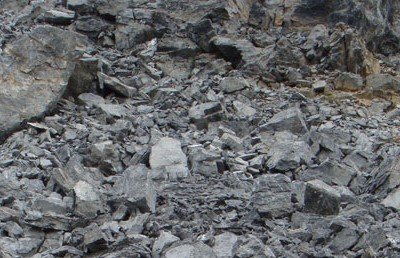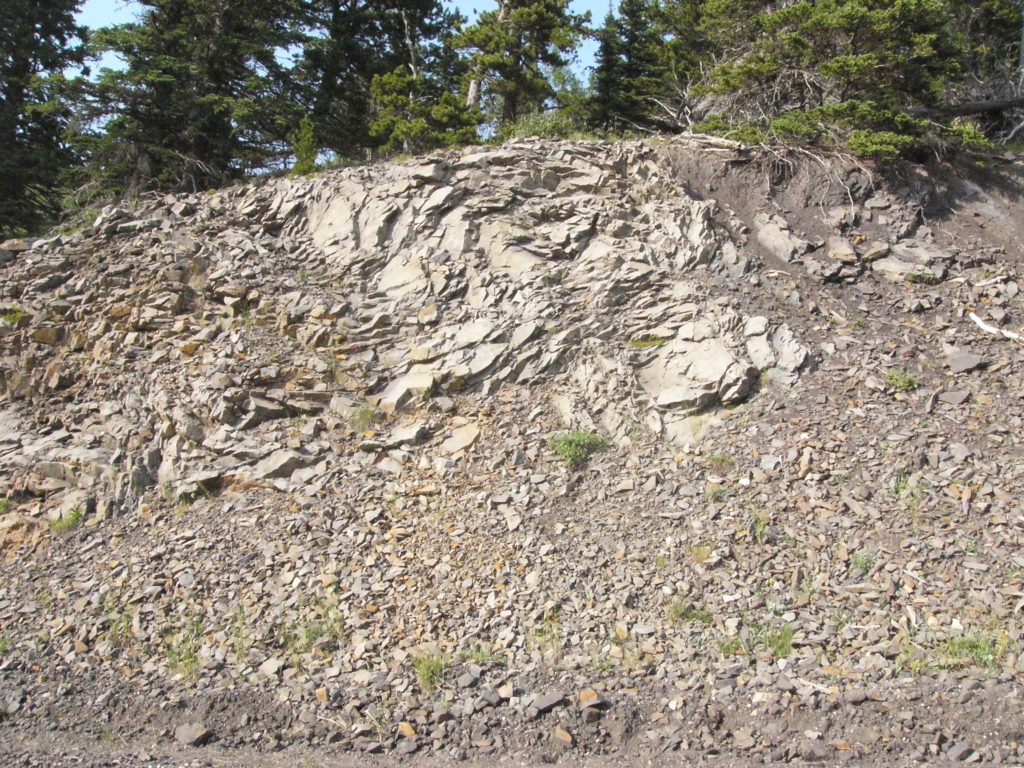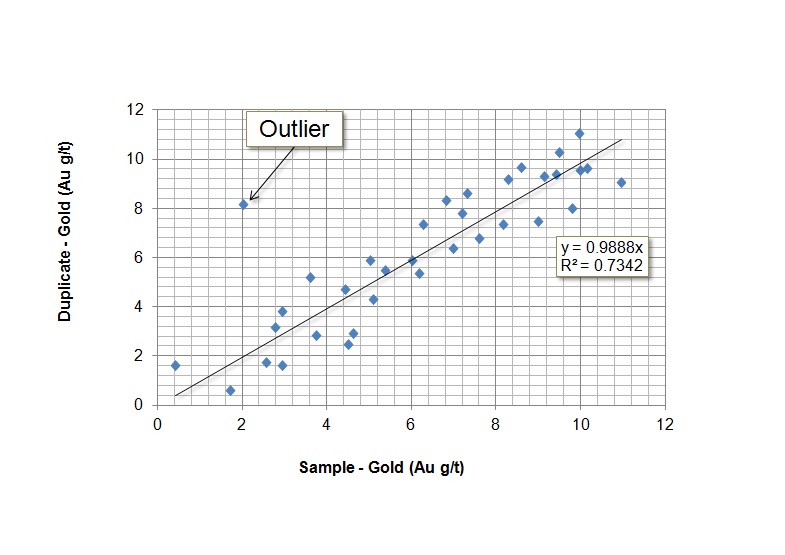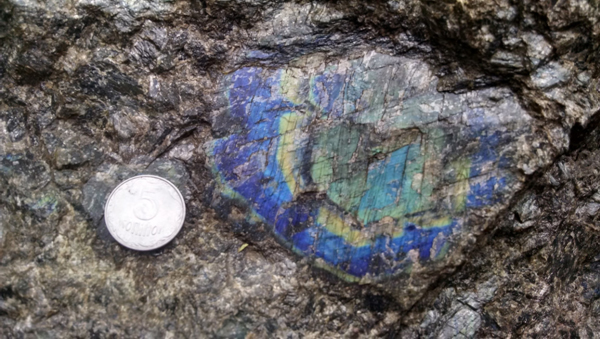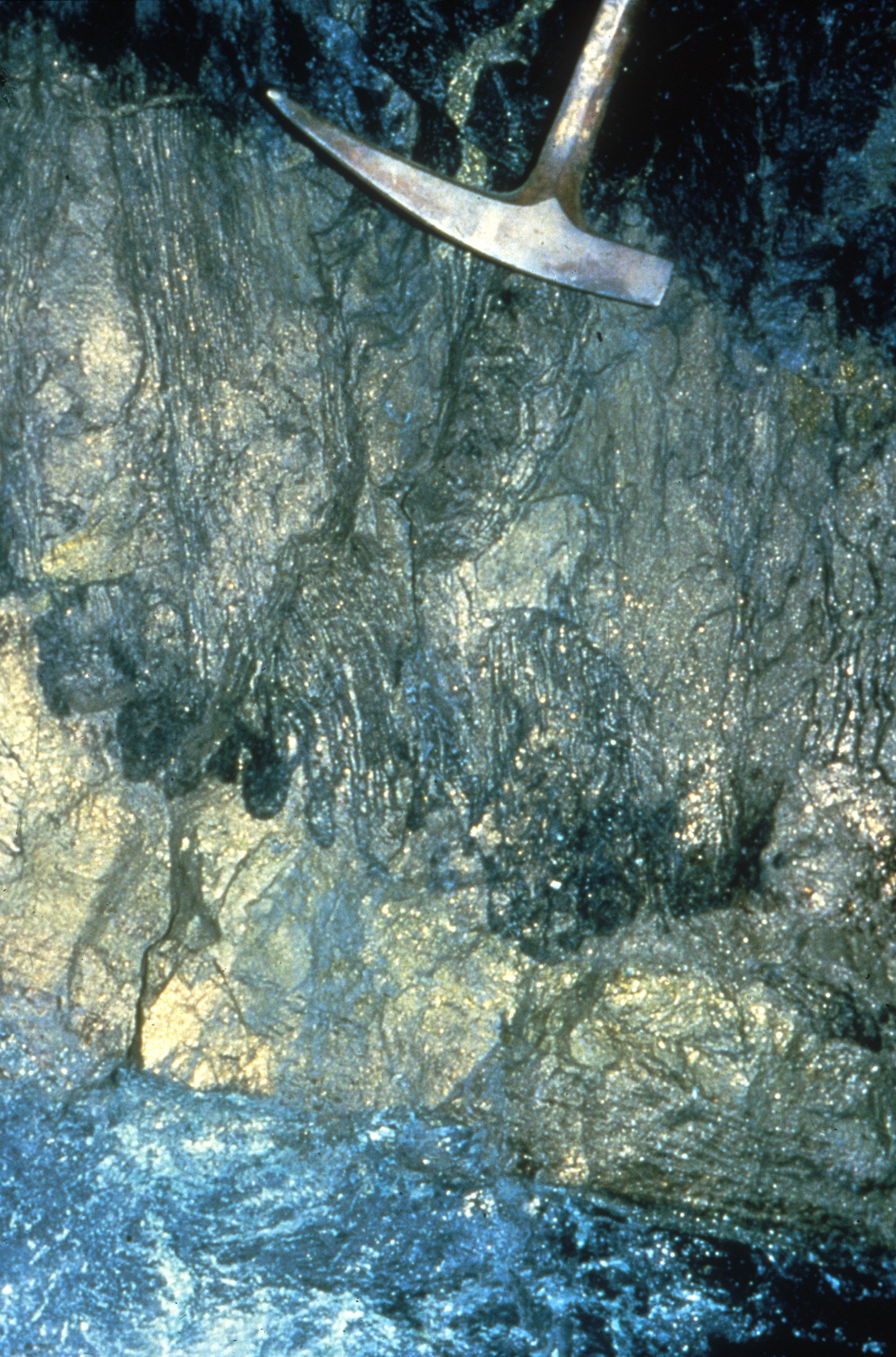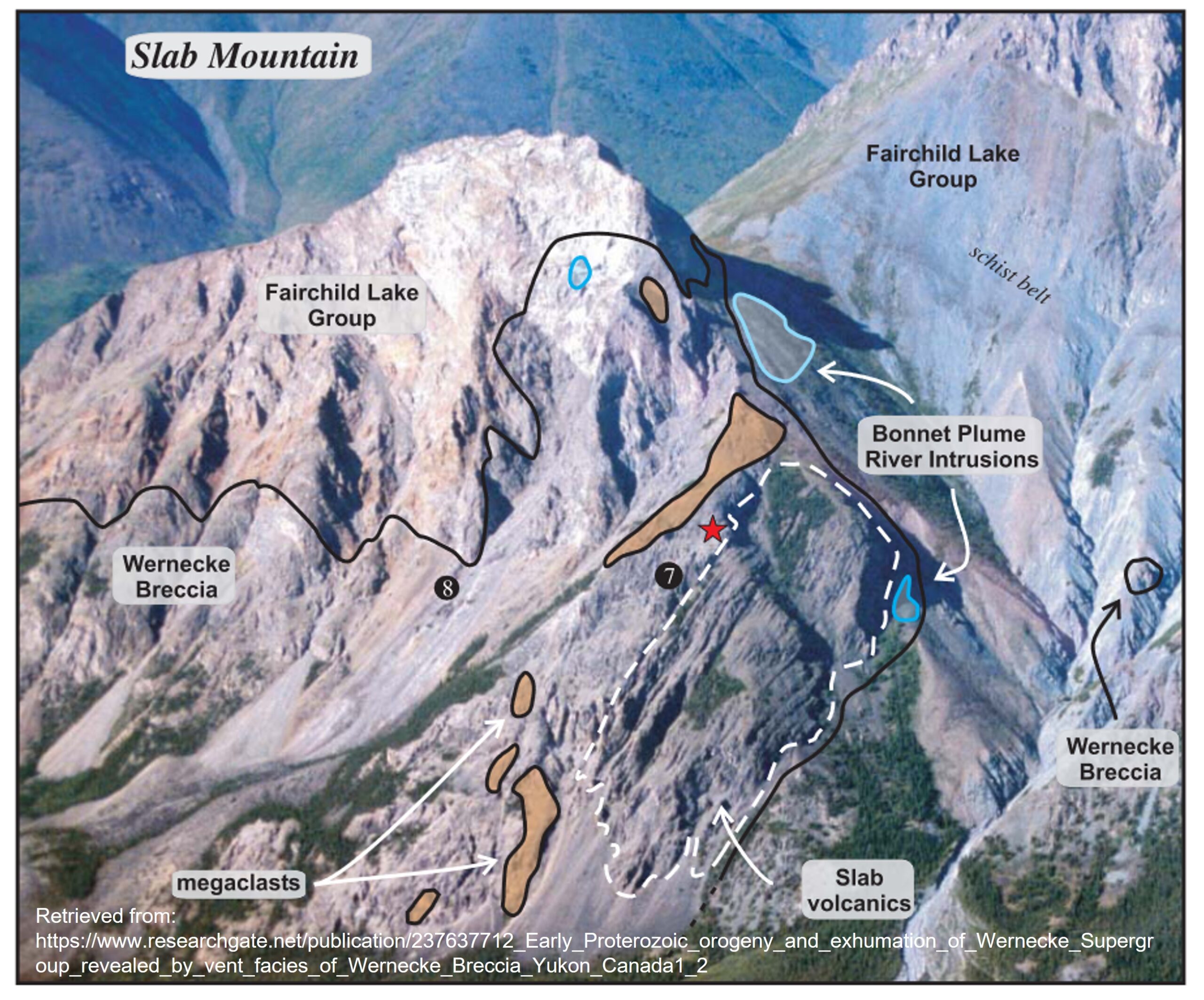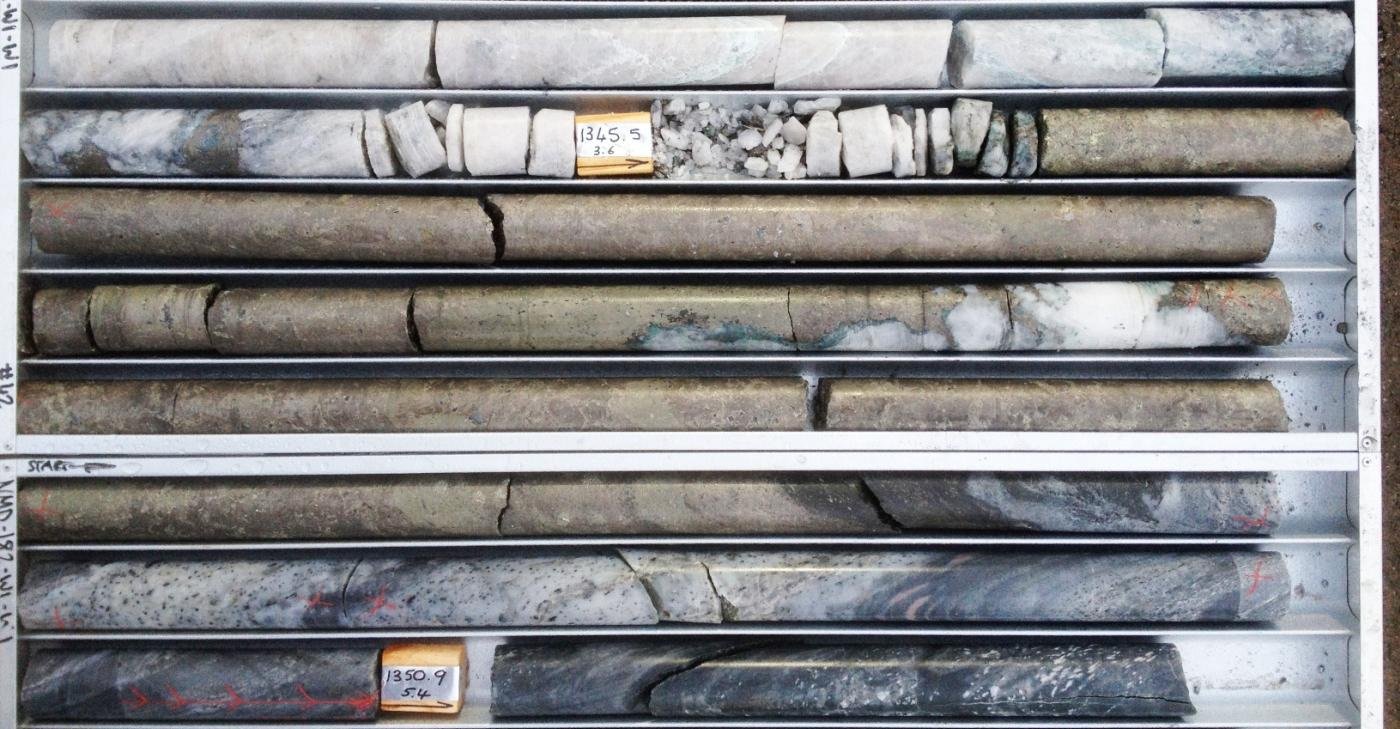Remember that a NI 43-101 compliant report is only that: A compliant report. It simply means that the rules for reporting on a property were followed.
Introduction
National Instrument (NI) 43-101 is a technical reporting standard developed by the Canadian Securities Administrators (CSA) that specifically applies to mineral projects. While it only applies to stocks traded on Canadian exchanges the standard is widely known, as more than 75% of the world’s mining companies are based in Canada.
NI 43-101 was first developed in the wake of the Bre-X Minerals scandal which rocked the mining industry in 1997. Bre-X had acquired property in Indonesia which quickly became a huge gold deposit. At its peak it was reported to contain 70 million ounces of gold and the company was valued at more than 4 billion dollars. The project was later exposed as a fraud: Billions made were lost. It had all the drama and intrigue of a Hollywood thriller, but most of all it severely eroded investor confidence in the mining industry.
A Reporting Standard is Born
Prior to the Bre-X scandal there were no standards in place for the reporting on mineral resource projects. There were no standards for the reporting of resources and reserves. There were no professional standards in place regulating the qualifications and practises of geologists. The industry and regulators realized that in order to re-establish public confidence in mineral and mining projects some changes would need to be made.
NI-43-101 is the culmination of those changes. While it is essentially a framework for the writing of reports, it incorporates standards a number of important standards:
- Definition standards on mineral resources and mineral reserves
- Estimation of mineral resources and mineral reserves best practice guidelines
- Mineral exploration best practices guidelines
- Standards and guideline for valuation of mineral properties
- Guidelines for the reporting of diamond exploration results
- Standards and requirements of a “Qualified Person”
Many of the standards which are incorporated into NI 43-101 were developed by other organizations and are maintained by those organizations. The Canadian Institute of Mining and Metallurgy (CIM) developed a number of the standards including those on the reporting of Resources and Reserves. The Canadian Council of Professional Geoscientists (CCPG) and their provincial member councils regulate the Professional Geoscientist (P.Geo) designation within Canada.
Since NI 43-101 is a reporting standard and not a report type, there are many types of reports that can be filed on a mining project which can be NI 43-101 complaint. For example, a compliant technical report may be filed for the purposes of defining a property of merit, reporting on exploration activities, or reporting on reserves and resources through prefeasibility and feasibility studies.
Qualified Persons
A report written to the NI 43-101 standard may serve a variety of purposes, but in order to qualify as NI 43-101 Compliant it must be written to the standard. Part of that standard is the qualification of the supervising author, or Qualified Person. Compliant reports must be written and filed with the consent of a Qualified Person who is defined as:
- An engineer or geoscientist with at least five years of experience in mineral exploration, mine development or operation or mineral project assessment, or any combination of these;
- has experience relevant to the subject matter of the mineral project and the technical report; and
- is in good standing with a professional association and, in the case of a foreign association (is of recognised stature within that Organisation)
It is important to note that the Qualified Person cannot just be a qualified engineer or geoscientist, but must have experience relevant to the subject matter. This is where lines can get blurred sometimes. A Qualified Person should technically have 5 year’s experience on the deposit type or mineralization style being reported on, but there are many specializations within geology and many different stages of project development requiring different types of expertise. It is always a good idea to check the resumes of the players involved on a project.
Be Careful!
While setting standards for reporting for mineral properties was a positive for the industry, a NI 43-101 compliant report does not translate into a good investment or even a good company. Some have argued that too many companies are focused on meeting the minimum requirements of a 43-101 report and that the standard does little to differentiate between high quality properties and marginal or poor quality prospects: For some small companies a compliant technical report is simply money in the bank.
While this is potentially true for early stage technical reports, later stage reports like feasibility studies must also follow 43-101 standards and by that point there is less room for interpretation.
Regardless, remember that a NI 43-101 compliant report is only that: A compliant report. It simply means that the rules for reporting on a property were followed. What you do with that information is entirely up to you.
Accessing Reports
Technical Reports from public Canadian companies can be accessed on SEDAR (System for Electronic Document Analysis and Retrieval) at www.sedar.com.
Further Reading
Canadian Security Administrators
Canadian Council of Professional Geoscientists
Canadian Institute of Mining and Metallurgy
NI 43-101 Standards of Disclosure (PDF)
Subscribe for Email Updates

